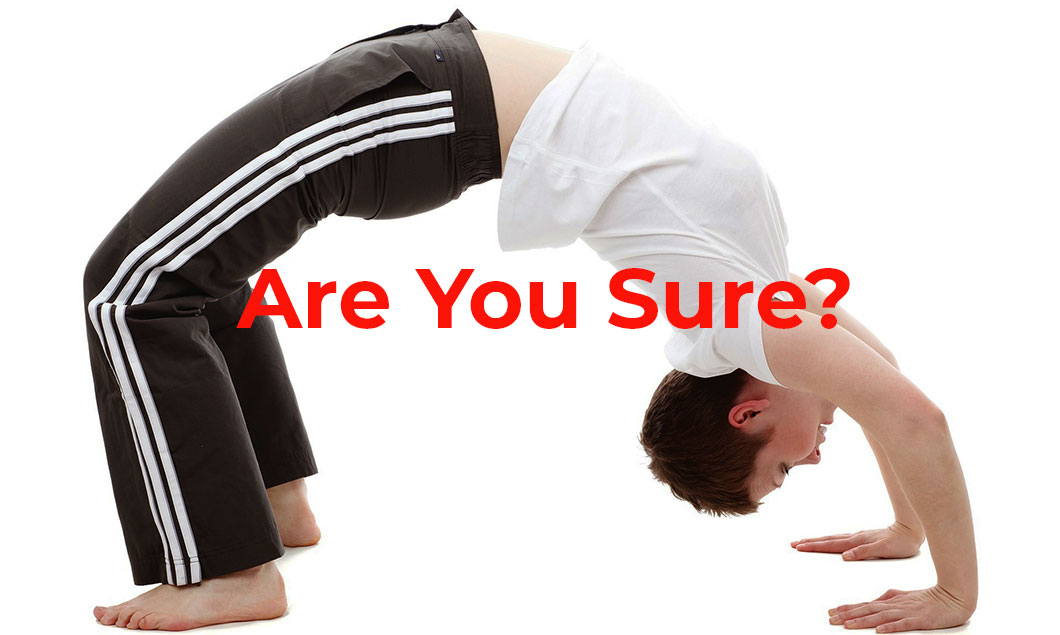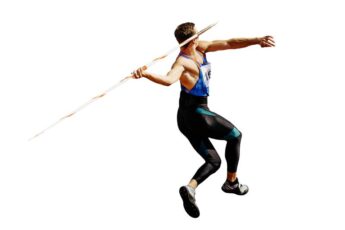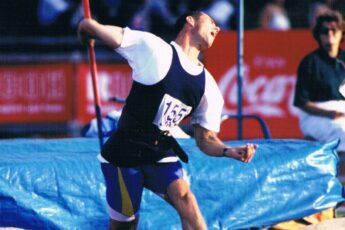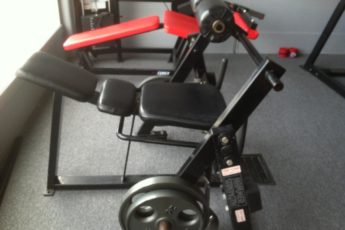Last Updated on April 7, 2023 by admin
As javelin throwers, we’re passionate about our craft and always trying to find that extra something to give us a further throw. This passion is great but it’s also important to filter all information we use very carefully. Hyper mobility or the quest for extreme flexibility can cause problems especially if you over stretch the wrong areas. Stretching too much can cause laxity and instability. Our bodies are made up of areas that can become flexible and areas that are meant to be stable. If you’re creating excess range in your lower spine, this can adversely affect your throwing and possibly lead to additional issues down the road. If you over stretch your hip, you can risk labral problems.
It’s simplistic and inaccurate to think that more is always better and when it comes to mobility, the case is no different. All of our bodies are different and thus require differing amounts of flexibility, mobility and stability. Some throwers may need to improve their flexibility in an area whereas others may need to decrease flexibility and add stability. Blanket advice that doesn’t take the individual into account doesn’t address these issues effectively.
I’ve seen way too many javelin throwers become hyper mobile in the lumbar spine and very tight in the hips. This is exactly the opposite of what you want. The lumbar spine is not meant to stretch excessively. Instead, the hips and body overall are meant to share the load. It’s these subtle details that can make or break your javelin training.
Be Like Steel
There has been a strong movement in recent years for more mobility. The key here is that we’re looking not just for more mobility but for optimal mobility and stability. We don’t want a building completely made of Jello. We want parts of it to be very sturdy. It’s fine if it can bend a bit. We also don’t want to overbend it. Imagine a piece of steel. If you bend it, it’ll spring back to a certain extent but if you go too far, you risk permanently taking away it’s resiliency. Our bodies are similar in that we don’t want to takeaway our natural spring. Overstretching is one of the ways you can do this so be very careful when stretching and working on mobility to avoid such pitfalls.
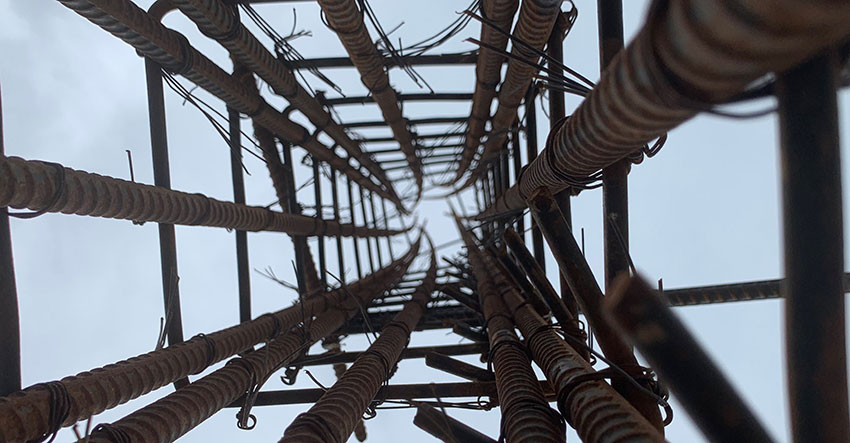
The beauty about steel is that it is both strong and has some flexibility. Unlike aluminum, steel can flex and return to it’s original form. This is what you want to achieve, just as you do not want to be inflexible like aluminum, you want to flexible like steel but be able to return to your original form. You want this because despite the ability of our bodies and a piece of steel being able to bend a great deal and still be resilient, once you bend too far, it’s often difficult to get you back to normal.
Watch your Lower Back
One of the areas that tends to take a ton of abuse is our lower backs. Believe it or not, our lower back doesn’t like being cranked and over stretched as is portrayed in many modern day fitness classes. 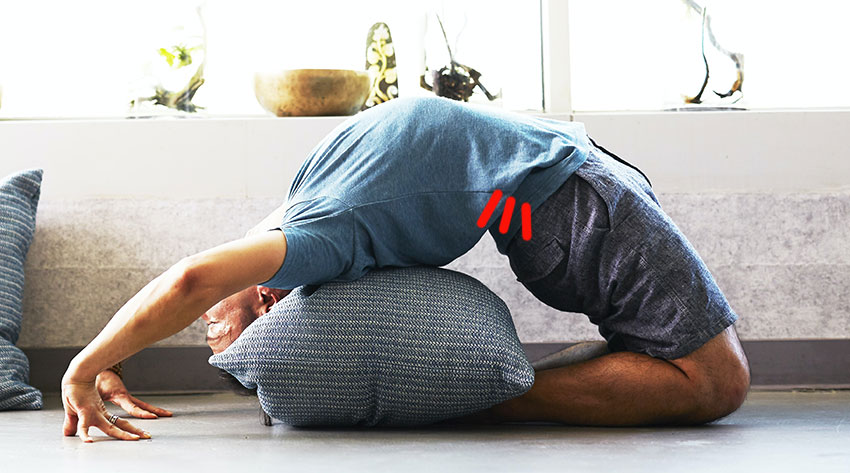
There are many ligaments and disks and nerves that comprise our spines and we want all that stuff to stay healthy and in place. This is especially true as we get older. Much of our spines are somewhat compression fit and our discs are sealed and under pressure. If we build up too much pressure on one side, we risk the pressure blowing out the other side. In some stretches, the stretch is very controlled and done effectively and doesn’t put the lower spine in a dangerous position. In others, the risk is higher and the stretch should be modified.
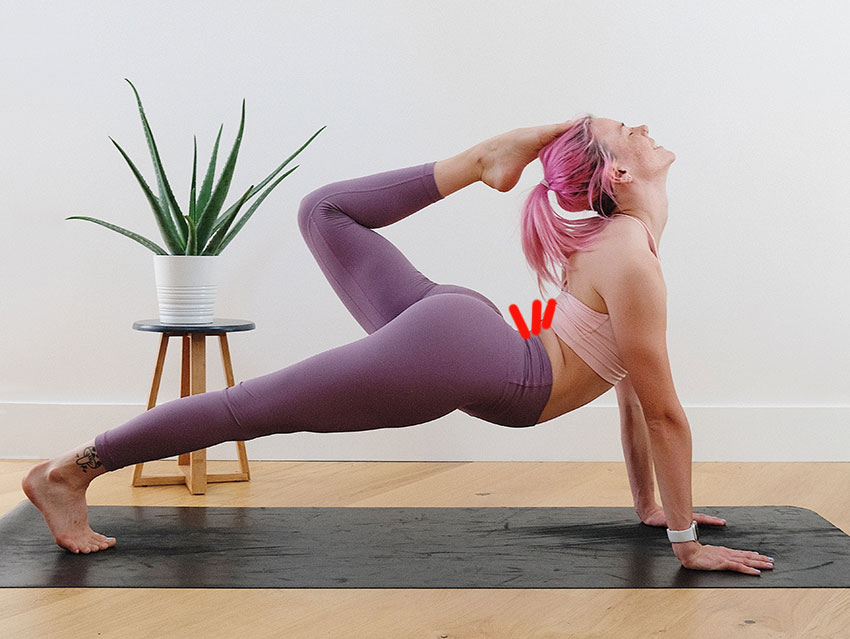
When Throwing or Playing Sports
When playing sports, the impact and forces are much higher. Our goal isn’t to over stretch an active motion as that can lead to injury and a weaker movement. Instead, we should strive to find a quality movement that demonstrates great power, some stretch, stability and balance. You’ll notice this is what most professional athletes demonstrate across many sports and it’s something you can develop over time.
In Closing
Be careful with your stretching and mobility routine. Use critical thinking when you’re assessing a good stretching position vs. one that seems to be higher risk. Make sure you’re stretching an area that requires stretching and that you’re not creating excess mobility. As throwers, we don’t want a hyper mobile lower back. We want a strong lower back, glutes and flexible hip flexors.


